A face mask is one of the key defences in guarding against the spread of viruses and is even more necessary with the prevalence of more transmissible COVID-19 strains in the community. While consistent mask use by the whole community is essential, wearing the correct mask is just as critical in our fight against the pandemic. It is important to understand that not all masks provide the same protection, especially when the new variants of COVID-19 appear to spread more easily.
The key to keeping yourself and your loved ones protected is wearing masks with higher filtration capabilities. Here is an overview on the types of masks and which masks offer sufficient protection.
 |
Fluid resistant to large droplets and higher filtration efficacy to block smaller particulate matters such as yellow dust, fine particles and viral infection like influenza. |
 |
95% Particulate Filtration Efficiency (PFE) of droplet spread, bacteria and airborne particles including smaller aerosols (average particle size of 0.4um). |
 |
Tight-fitting |
 |
Ideally to be discarded daily but can still be reused several times if kept dry.
Tip: Masks should be discarded if it becomes damaged / deformed, wet or contaminated. |
|
 |
Fluid resistant to large droplets and higher filtration efficacy to block smaller particulate matters such as yellow dust, fine particles and viral infection like influenza. |
 |
94% Particulate Filtration Efficiency (PFE) of droplet spread, bacteria and airborne particles including smaller aerosols (average particle size of 0.4um). |
 |
Loose-fitting |
 |
Should be discarded daily |
|
 |
Fluid resistant with absorbent inner layer to provide protection against large droplets, splashes and body fluids from a third party as well as to prevent wearer’s respiratory emission and spread of viruses. |
 |
95% Bacteria Filtration Efficiency (BFE)* of droplet spread from your mouth / nose and larger droplets from external environment.
Based on masks as recommended in the European Standard for surgical masks.
- Requirements and test methods (EN 14683:2005) |
 |
Loose-fitting |
 |
Should be discarded daily |
|
 |
Covers individual’s mouth and nose to prevent the spread of viruses. |
 |
~60% filtration efficiency, but still offers important basic protection.
Tip: - Filtration efficacy may improve when mask is made with anti-microbial material or is used with additional filter. |
 |
Loose-fitting |
 |
Can be reused after washing. Some cloth masks may have specified number of washes before it is less efficacious.
Tip: Wash your mask with warm water and soap immediately after use.
Do wash the mask once before first use to get rid of any fabric dye. |
|
How to wear a mask correctly
A mask is also only efficient when it is worn properly. Here are some dos and don’ts to follow for a more effective mask usage.

Dos
|

Don'ts
|
| Wash your hands before putting on your mask and when taking off. Use hand sanitiser with at least 60% alcohol if soap and water are unavailable. |
Avoid touching your mask and your face outside as you may get the germs on your hands. Always clean your hands before and after if you need to adjust your mask. |
| Ensure your mask covers your nose and mouth and fit along the sides of your face and chin. Wearing a mask with nose wire is recommended to prevent air from leaking or entering at the top of mask. |
Do not wear a mask too big on your face as it may allow viruses to pass through the openings. Do not wear a mask that is damaged or contaminated. |
| Keep your mask in a clean and dry place or a resealable pouch if you need to remove it temporarily. Remember to wash or sanitise your hands after removing your mask. |
Do not hang your face mask on your head, around your neck or around your arm. This is to prevent the spread of germs to other areas of your body. |
| Dispose your mask properly into the trash or wash your reusable mask immediately after use. |
Do not reuse your mask over a long period of time or over multiple outings. Use a new one the next time you head out. |
Your guide to mask-purchasing
With so many masks available in the market, here’s what you can look out for during purchase to ensure that the quality of your mask is not being compromised.
 Check that the size of the mask is the right fit for your face.
Check that the size of the mask is the right fit for your face.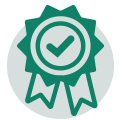 Check for the manufacturer’s name and ensure the mask comes with a product standard certificate or is FDA-approved.
Check for the manufacturer’s name and ensure the mask comes with a product standard certificate or is FDA-approved.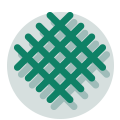 Check for the mask’s filtration efficacy. A surgical mask should have 95% BFE and a N95/ KF94 mask should have 94%-95% PFE.
Check for the mask’s filtration efficacy. A surgical mask should have 95% BFE and a N95/ KF94 mask should have 94%-95% PFE. Check that the mask is at least 3-ply.
Check that the mask is at least 3-ply. Check that the mask carries an expiry date.
Check that the mask carries an expiry date. Check that it does not contain any materials that you are allergic to.
Check that it does not contain any materials that you are allergic to.
Knowing and practicing proper mask usage may seem like a trivial thing when mask-wearing became our new normal, however it plays a big role in reducing the spread and your exposure to viruses. Let us all practice safety measures correctly and do our part keeping the community protected against COVID-19.
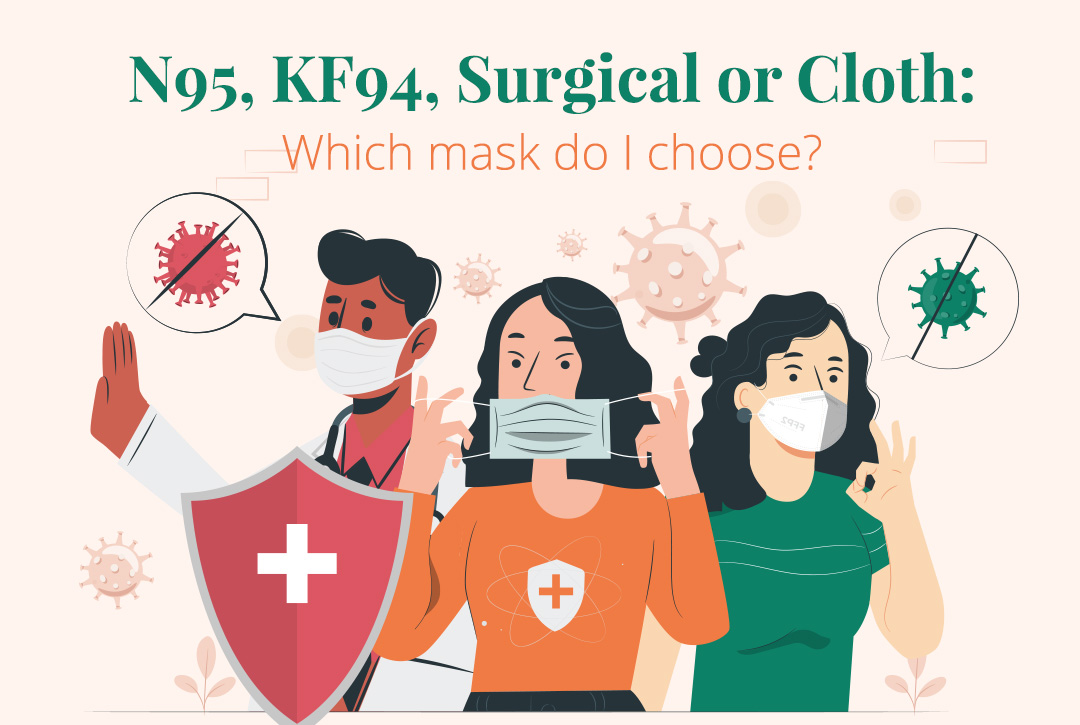 ‹ Back
‹ Back

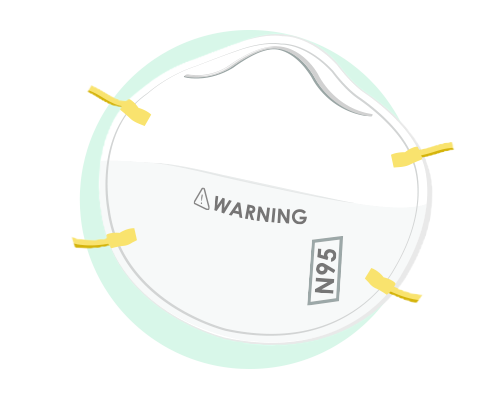
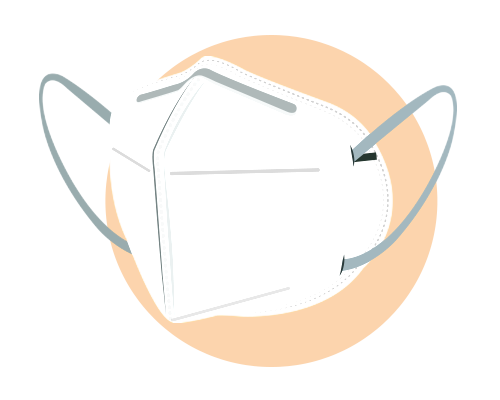
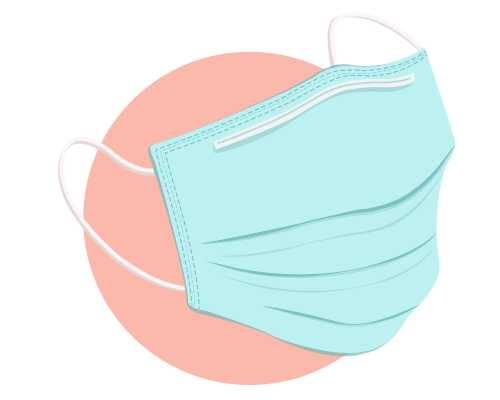
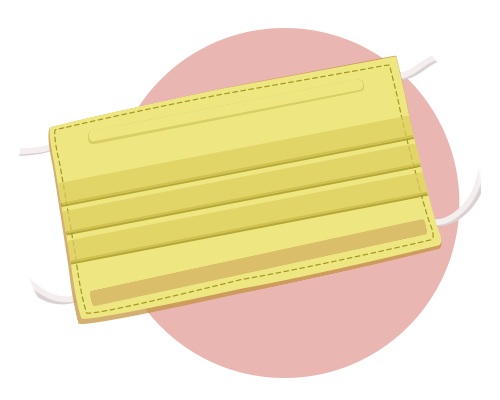




 Check that the size of the mask is the right fit for your face.
Check that the size of the mask is the right fit for your face. Check for the manufacturer’s name and ensure the mask comes with a product standard certificate or is FDA-approved.
Check for the manufacturer’s name and ensure the mask comes with a product standard certificate or is FDA-approved. Check for the mask’s filtration efficacy. A surgical mask should have 95% BFE and a N95/ KF94 mask should have 94%-95% PFE.
Check for the mask’s filtration efficacy. A surgical mask should have 95% BFE and a N95/ KF94 mask should have 94%-95% PFE. Check that the mask is at least 3-ply.
Check that the mask is at least 3-ply. Check that the mask carries an expiry date.
Check that the mask carries an expiry date. Check that it does not contain any materials that you are allergic to.
Check that it does not contain any materials that you are allergic to.














